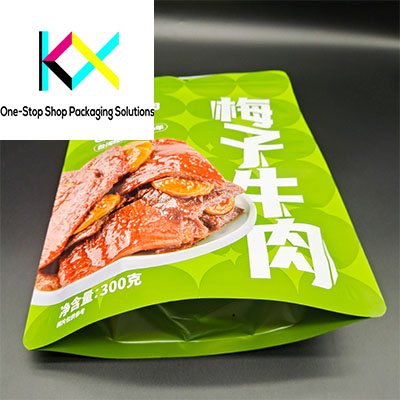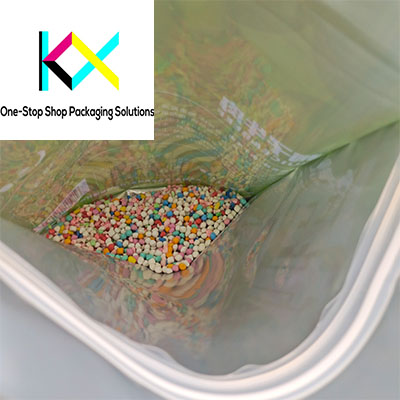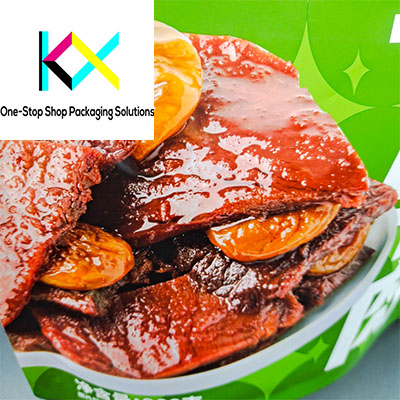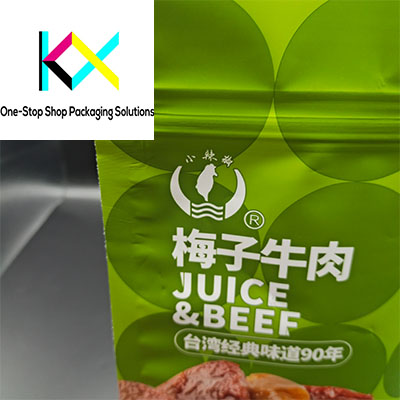The Critical Role of Medical Packaging in Healthcare Innovation
In the highly regulated world of healthcare, Medical Packaging serves as a vital component in patient safety and product efficacy. This specialized field has evolved far beyond simple containment, developing into sophisticated systems that maintain sterility, ensure proper administration, and provide critical information to healthcare professionals and patients. The development of modern Medical Packaging represents a convergence of material science, engineering precision, and regulatory compliance, creating solutions that protect sensitive products from manufacturing through end use. As medical technologies advance and healthcare delivery models evolve, the role of Medical Packaging continues to expand in complexity and importance, making it an essential element in the global healthcare ecosystem.

The Beauty of Protection: Advancements in Cosmetics Packaging
While Medical Packaging prioritizes absolute safety and sterility, the world of Cosmetics Packaging balances protection with aesthetics and consumer experience. This sector has seen remarkable innovation in materials, designs, and functionalities that enhance both product preservation and user interaction. Modern Cosmetics Packaging incorporates advanced dispensing systems, sustainable materials, and smart features that align with evolving consumer preferences and environmental concerns. The intersection of beauty and technology has transformed simple containers into sophisticated delivery systems that maintain product integrity while creating memorable brand experiences.

Material Innovations: Meeting Diverse Requirements
Both packaging sectors are experiencing significant material advancements, though with different priorities. For Medical Packaging, developments focus on materials that withstand sterilization processes, maintain barrier properties, and ensure compatibility with sensitive medical products. Recent innovations include clear high-strength films for visibility, breathable materials for specific applications, and tamper-evident features that guarantee product security. In Cosmetics Packaging, material trends emphasize sustainable options such as PCR plastics, glass alternatives, and biodegradable composites, while maintaining the luxurious feel and precise functionality that beauty consumers expect.



Sustainability and Circular Economy Initiatives
Environmental considerations are reshaping both industries, driving innovation in sustainable design and materials. Medical Packaging faces unique challenges in balancing sterility requirements with environmental responsibility, leading to developments in recyclable sterile barriers, reduced material usage, and reprocessing programs for certain components. The Cosmetics Packaging sector is rapidly adopting circular economy principles through refillable systems, mono-material constructions, and packaging take-back programs. Both industries are exploring bio-based materials and designing for disassembly to improve recyclability and reduce environmental impact.
Smart and Connected Features
Technology integration is enhancing functionality and user engagement across both packaging types. Medical Packaging increasingly incorporates smart elements such as NFC tags for authentication, temperature indicators for sensitive products, and QR codes linking to usage instructions and patient education. These features improve medication adherence, provide supply chain visibility, and enhance patient safety. In Cosmetics Packaging, smart technologies include augmented reality experiences, freshness indicators, and connected devices that personalize product usage, creating deeper brand connections and improving consumer outcomes.
Regulatory Landscape and Compliance Challenges
Both sectors operate within strict regulatory frameworks, though with different focuses. Medical Packaging must comply with rigorous international standards for sterility, material safety, and performance testing. The regulatory environment demands extensive validation, documentation, and quality control measures to ensure patient safety. Cosmetics Packaging faces increasing regulation around material restrictions, recycling requirements, and environmental claims. Both industries must navigate evolving global regulations while maintaining product performance and meeting consumer expectations.
E-commerce and Distribution Demands
The growth of online sales has created new challenges and opportunities for both packaging types. Medical Packaging designed for direct-to-patient distribution must maintain integrity through extended supply chains while providing clear usage instructions for consumers outside clinical settings. Cosmetics Packaging for e-commerce requires enhanced protective features, appealing unboxing experiences, and designs that photograph well for social media. Both sectors are developing solutions that optimize for shipping efficiency while maintaining product protection and user experience.
Future Directions and Emerging Trends
The future of both packaging sectors points toward greater personalization, sustainability, and technological integration. Medical Packaging is evolving toward patient-specific solutions, smart monitoring systems, and packaging that supports telehealth and remote care models. Advanced materials that maintain sterility while reducing environmental impact represent another key development area. For Cosmetics Packaging, future trends include AI-powered personalization, waterless formulations requiring specialized protection, and packaging that actively contributes to product efficacy through controlled environments and precise dispensing.
Conclusion: Converging Paths in Specialized Packaging
While serving different primary functions, both Medical Packaging and Cosmetics Packaging demonstrate how specialized packaging solutions evolve to meet unique product requirements and user needs. The ongoing innovation in both fields reflects broader trends toward sustainability, digital integration, and user-centered design. As technologies advance and consumer expectations rise, both sectors will continue to develop solutions that protect product integrity, enhance user experience, and address environmental concerns. Through continued research, collaboration, and innovation, both Medical Packaging and Cosmetics Packaging will play increasingly important roles in their respective industries, contributing to better health outcomes and enhanced consumer satisfaction.

You can visit our website to know more about our flexible packaging pouch:
